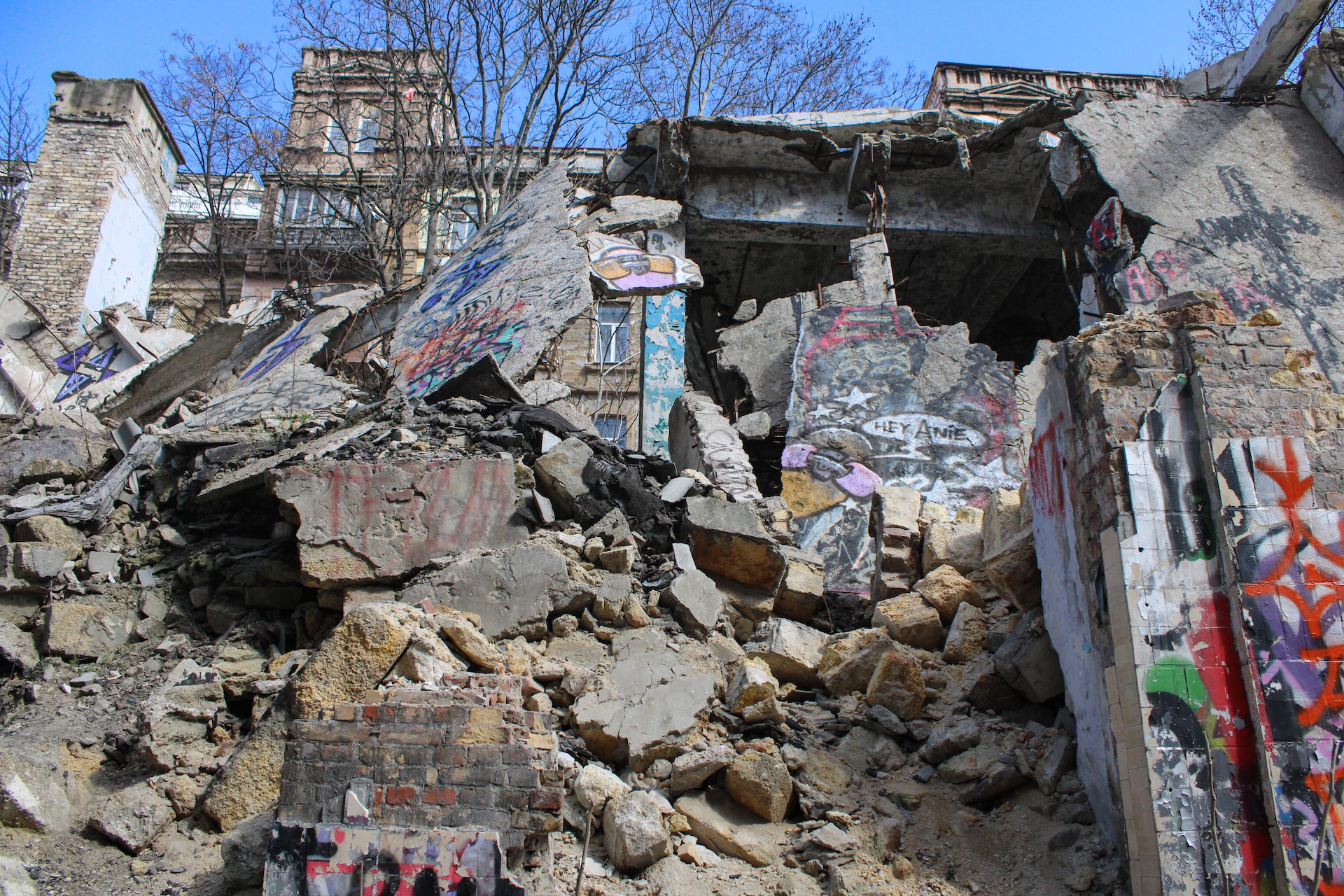The earthquake, though sudden and unsettling, underscored the community’s resilience and unity in the face of adversity. The Earth, our home, is a dynamic sphere in constant motion, occasionally reminding us of its restless nature through a phenomenon both awe-inspiring and terrifying earthquakes. These seismic events, a result of the Earth’s tectonic plates shifting and releasing pent-up energy, hold a profound impact on our lives and the landscapes we inhabit.
The genesis of an earthquake lies deep within the Earth’s crust, where immense geological forces conspire. Tectonic plates, colossal slabs that form the Earth’s outer shell, slowly jostle against one another, occasionally slipping or colliding along fault lines. When this movement encounters resistance, stress accumulates, until it inevitably yields to the forces, triggering an earthquake.
The consequences of this release of seismic energy can be catastrophic. The ground beneath our feet ripples and shakes, buildings sway, and the very foundations of structures are tested. The devastation can be profound, with infrastructure crumbling, communities shattered, and lives irreversibly altered in a matter of seconds.
The magnitude of an earthquake, measured on the Richter scale, gauges the energy released during the event. From minor tremors hardly felt to catastrophic quakes registering high on the scale, each seismic episode holds its unique impact on the affected region and its inhabitants.
Beyond the immediate physical destruction, the aftermath of an earthquake reverberates through psychological and socio-economic realms. Fear lingers as aftershocks rattle nerves, hindering the process of recovery. Displacement, loss of livelihoods, and the erosion of community bonds become poignant realities in the wake of such natural calamities.
Yet, amidst the chaos, resilience emerges as a beacon of hope. Communities rally together, aid pours in from far and wide, and the human spirit of solidarity shines amidst the rubble. Rescue operations, emergency response teams, and volunteers work tirelessly, showcasing humanity’s collective resolve to rebuild and restore.
Preparedness becomes imperative in mitigating the impact of earthquakes. Advancements in technology enable the development of early warning systems, offering precious seconds or minutes for people to seek shelter. Stringent building codes and infrastructure design aimed at earthquake resistance serve as shields against the tremors’ wrath.
Education forms a pivotal pillar in earthquake preparedness. Teaching communities about safety protocols, emergency evacuation plans, and the science behind seismic activities empowers individuals to navigate these natural disasters with resilience and awareness.

The realm of seismic research and understanding constantly evolves. Scientists delve deeper into the intricacies of Earth’s geology, studying fault lines, analyzing historical seismic data, and developing models to forecast and mitigate the impact of future earthquakes.
In the broader context of Earth’s natural phenomena, earthquakes stand as humbling reminders of the planet’s ever-evolving nature. They underscore our vulnerability and resilience, urging us to harmonize our existence with the dynamic forces that shape our world.
The impact of earthquakes extends beyond the immediate physical upheaval. Environmental consequences, such as landslides, tsunamis, and changes in the topography, add layers of complexity to the aftermath. These secondary effects often compound the challenges faced by affected regions, creating a ripple of far-reaching consequences.
The aftermath of seismic events paints a tapestry of human resilience and the remarkable ability to rebuild shattered lives. Reconstruction efforts span months, even years, with communities banding together to restore what was lost, rebuild what was destroyed, and redefine their future amidst the debris.
However, amidst this resilience, disparities emerge. Vulnerable communities bear a disproportionate burden, facing prolonged recovery, inadequate resources, and limited access to aid. Socio-economic disparities deepen, amplifying the challenges in post-earthquake rehabilitation efforts.
International solidarity and humanitarian aid play a crucial role in post-disaster recovery. Global support networks, relief efforts, and collaborative initiatives between nations stand as testaments to humanity’s collective empathy and commitment to stand in solidarity with those affected by seismic calamities.
Learning from past experiences is pivotal. Case studies and historical analyses of seismic events inform disaster response strategies, shaping policies aimed at better preparedness, improved infrastructure, and more effective emergency management.
The unpredictable nature of earthquakes accentuates the necessity for ongoing research, innovative technology, and community engagement. Public awareness campaigns, drills, and training programs equip individuals to respond swiftly and efficiently in times of crisis, potentially saving lives.
The journey toward resilience in earthquake-prone regions is a complex tapestry woven with scientific discoveries, policy interventions, community engagement, and a commitment to building societies that can withstand the tremors of nature’s forces.
Infrastructure resilience emerges as a focal point in earthquake-prone regions. The reimagining of urban landscapes involves retrofitting buildings, bridges, and critical infrastructure to withstand seismic forces. Innovative engineering designs and construction methods bolster resilience, aiming to minimize damage and ensure structural integrity in the face of tremors.
Crisis management and response strategies undergo constant evolution. The integration of technology, such as real-time monitoring systems and geospatial mapping, enhances the ability to anticipate, respond, and coordinate relief efforts swiftly, potentially mitigating the impact of disasters.
Social cohesion and community resilience remain cornerstones in the aftermath of seismic events. The nurturing of community networks, local initiatives, and capacity-building programs empower individuals to not only cope with disaster but also adapt and recover, fostering a sense of collective strength and unity.
Climate change intersects with seismic activity, adding layers of complexity. Scientists explore potential correlations between certain geological phenomena and climatic shifts, recognizing the interplay between rising temperatures, melting glaciers, and the potential implications for seismic activity and the frequency of earthquakes.

The global discourse on disaster risk reduction amplifies the importance of resilience-building measures. International collaborations, research partnerships, and cross-border knowledge-sharing platforms pave the way for a collective response to mitigate the impact of seismic events worldwide.
The human narrative amidst seismic upheavals underscores the triumph of the human spirit. Stories of resilience, heroism, and perseverance amid adversity weave a tapestry of hope amidst the turmoil, embodying the indomitable will to rebuild and thrive against the backdrop of nature’s unpredictability.
The journey toward resilience in earthquake-prone regions is not merely about fortifying infrastructure or refining response mechanisms; it’s a testament to humanity’s adaptability, resilience, and ability to rise above challenges. It’s about fostering a future where communities stand strong in the face of adversity, where knowledge empowers, and where solidarity becomes the cornerstone of resilience.
While seismic events may continue to shape our landscapes and communities, the resolve to mitigate their impact, bolster resilience, and foster unity remains unwavering a testament to our shared commitment to building a more resilient and interconnected world.
As we navigate the uncharted territories of seismic activity, the collective human endeavor lies not just in weathering the tremors but in harnessing knowledge, fortifying communities, and fostering solidarity a journey toward resilience that ensures that, amidst the upheavals, hope and resilience endure.
If you enjoyed this read, check out our other posts.














What do you think?
Show comments / Leave a comment